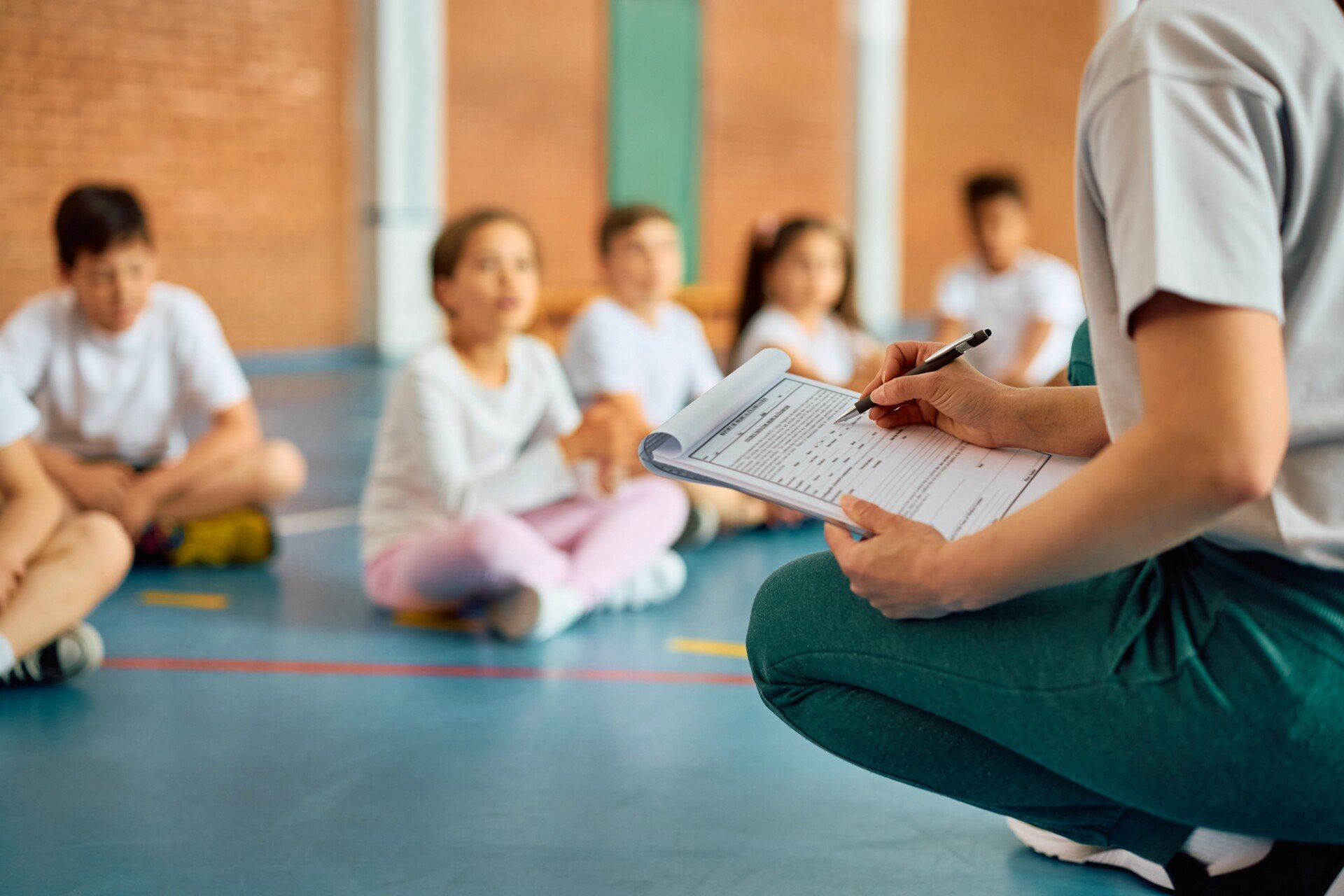For many teenagers, staying motivated in school can be a challenge—especially in physical education (PE), where students’ interests and confidence levels often vary widely.
But a new study suggests that when students feel they have more control and support during PE classes, they may not only become more motivated but also develop stronger emotional skills.
A new study by Manuel Gómez-López, Daniel Mendoza-Castejón, Daniel Frías-López, and David Manzano-Sánchez, published in Frontiers in Psychology (2025), explores how students’ motivation levels in PE relate to their emotional intelligence and perceived autonomy support from teachers.

The researchers found that students with high levels of self-determined motivation also reported greater emotional clarity, emotional regulation, and overall life satisfaction. These students were more likely to feel supported by their teachers and to participate in extracurricular sports.
Self-determination theory, the framework guiding the study, explains motivation based on three basic psychological needs: autonomy (feeling in control of one’s actions), competence (feeling effective), and relatedness (feeling connected to others).
When these needs are met, students tend to experience higher intrinsic motivation—engaging in activities for their own sake, rather than for external rewards or to avoid negative consequences.
To investigate how these motivational dynamics play out in school settings, the researchers conducted a cross-sectional study with 502 secondary school students aged 11 to 18 in the Murcia region of Spain.
Participants completed questionnaires assessing their motivation in PE, satisfaction of psychological needs, emotional intelligence, and perceptions of autonomy support from their PE teachers.
Based on their responses, students were categorized into three motivational profiles: high, moderate, and low self-determination.
About 20% of students fell into the high self-determination group, 51% into the moderate group, and 29% into the low group.
The high self-determination group reported higher levels of intrinsic motivation and internal emotional resources, while the low group showed higher levels of amotivation and external regulation, meaning their participation was driven more by pressure or obligation than personal interest.
Importantly, students in the high self-determination group also scored higher on measures of emotional clarity and emotional repair—the ability to understand and manage one’s emotions effectively.
They were also more likely to feel that their teachers supported their autonomy in PE, reinforcing the idea that teacher behavior can significantly influence students’ internal motivation and emotional development.
These findings have practical significance.
Motivation in school, particularly in PE, doesn’t just impact physical performance; it also appears linked to broader emotional and psychological outcomes.
When students feel that they have choice, support, and positive relationships in class, they may be better equipped to handle stress, understand their emotions, and engage more fully in learning.
The study also noted that girls were more likely than boys to be in the high self-determination group, while boys were overrepresented in the low group.
Additionally, students who engaged in extracurricular sports were more frequently found in the high motivation category, while those who did not were more likely to fall into the low motivation group. While these trends were not statistically significant, they suggest patterns worth exploring further.
For educators and school administrators, the results point toward the value of teaching approaches that prioritize autonomy, emotional connection, and inclusive participation.
Allowing students to make meaningful choices in class activities, creating a supportive environment, and encouraging emotional awareness may help enhance both motivation and wellbeing.
While the study offers valuable insights, it also has limitations.
The cross-sectional design means it captures a snapshot in time, making it difficult to assess how motivational profiles might change as students grow older or in response to different teaching methods.
The reliance on self-report questionnaires may also introduce bias, as students might respond in ways they believe are expected.
Future research could benefit from including teacher evaluations or observational data and exploring how different types of sports activities influence motivation over time.
Nonetheless, the findings underscore a clear message: creating supportive, autonomy-focused PE environments may not only improve how students feel about physical activity but also help them build emotional skills that are crucial for their overall development.
As schools continue to explore ways to support student wellbeing, understanding the link between motivation and emotional intelligence could inform more effective and inclusive educational practices.
Citation
Gómez-López, M., Mendoza Castejón, D., Frías-López, D., & Manzano-Sánchez, D. Self-determination in secondary school students and their relationship with emotional intelligence and support for autonomy. Frontiers in Psychology, 16, 1571559. https://doi.org/10.3389/fpsyg.2025.1571559


